[Birthday] Citroën RE-2: The incredible story of the chevron helicopter
- Jérémy

- Aug 3
- 4 min read

While Citroën has indelibly marked automotive history with its inventiveness and its ability to repeatedly reinvent terrestrial mobility, the French brand with the double chevron emblem also ventured off the beaten path. Among these bold excursions is an astonishing project: a helicopter. This aircraft, named RE-2, bears witness to an era when innovation knew no bounds and Citroën dared to explore new horizons, including the sky. Let's delve into the surprising history of this helicopter which, though largely unknown to the general public, embodies the pioneering spirit of the brand.
The origins of an ambitious aerial project
The idea of a Citroën helicopter might seem incongruous at first glance. However, in the 1970s, increasing road congestion in industrialized countries and the lack of infrastructure in some developing nations prompted Citroën to take a keen interest in vertical mobility. The brand, always in search of innovative solutions, saw interesting potential in light helicopters. It was in this context that the RE-2 project took shape, with the ambition of offering an alternative to existing models, notably the Bell 47, which was widely used in France at the time.
Development was entrusted to Charles Marchetti, a renowned aeronautical engineer, already credited with the famous Alouette II and Super Frelon helicopters. The goal was to design a modern, simple, safe, and economical aircraft, applying the "automotive methods" dear to Citroën. The project was officially launched in 1973, and the unique RE-2 prototype made its first flight on December 24, 1975, at the La Ferté-Vidame test site. For a time, this testament to industrial audacity was displayed at the Conservatoire Citroën in Aulnay-sous-Bois, before it closed its doors to the public to become L'Aventure Citroën, a place that continues to preserve the brand's heritage. Restored by enthusiasts in the 1990s, the sole example served as a reminder of this period of effervescence and diversification.
The RE-2: characteristics of a helicopter unlike any other
The Citroën RE-2 distinguished itself through several audacious technical innovations, partly inherited from the brand's automotive expertise. Its main asset lay in the use of a rotary piston engine (Wankel type) developed by Comotor, a company founded by Citroën and NSU. This twin-rotor engine, similar to the one that powered the Citroën GS Birotor car, offered numerous advantages for aeronautical application: lightness, compactness, absence of vibrations, a favorable power curve, and ease of adaptation thanks to its vertical-axis mounting. It developed a maximum power of 190 horsepower at 6500 rpm.
The design of the RE-2 emphasized safety and ease of piloting. Its three-blade main rotor, hingeless and equipped with heavy stainless-steel blades, allowed it to store a large amount of kinetic energy, eliminate ground resonance, and improve in-flight stability. The blade tips were tapered to reduce noise. The aircraft's structure, a light alloy monocoque, comprised a limited number of components, simplifying maintenance. It featured wide-track skid landing gear for easier touchdowns and a comfortable cabin offering excellent visibility thanks to a large glazed area.
With an empty weight of 625 kg and a maximum weight of 840 kg, the RE-2 boasted respectable performance for a light helicopter of its era. Its maximum speed reached 205 km/h (approx. 127 mph), with a cruising speed of 175 km/h (approx. 109 mph). Its endurance was about 3 hours and 30 minutes, enabling it to cover a range of 430 km (approx. 267 miles) with reserves. The helicopter could carry a pilot and one passenger. It was designed for various missions such as liaison, observation, surveillance, or even agriculture.
Despite its promising qualities and successful flight tests, the RE-2 project was terminated on May 5, 1979. Several factors explain this decision. The first oil crisis in 1973 had made fuel-hungry engines like the Wankel less attractive. Furthermore, the French Army, a major potential customer, preferred to turn to Aérospatiale for its light helicopters. Finally, the program proved to be very expensive for Citroën, which was then undergoing a period of financial restructuring that led to its acquisition by Peugeot in 1976. The aeronautical venture was therefore one of the first activities to be discontinued by the new management. The sole prototype was then transferred to the brand's heritage collection.
The Citroën RE-2 helicopter venture certainly did not culminate in resounding commercial success. Nevertheless, it remains an eloquent testament to the tremendous innovative capacity of the brand with the chevrons and its willingness to explore uncharted territories. At a time when technical challenges seemed to stimulate creativity, Citroën did not hesitate to invest in a field as complex and demanding as aeronautics. The RE-2, with its original technical solutions and neat design, embodies this spirit of audacity. While it did not revolutionize air transport, it enriched Citroën's heritage with a unique chapter, reminding us that the brand's DNA is made of exploration and a departure from conventions, far beyond four wheels. This foray into the aerial domain underscores a corporate culture focused on engineering and the pursuit of new solutions, a philosophy that continues to drive Citroën today.


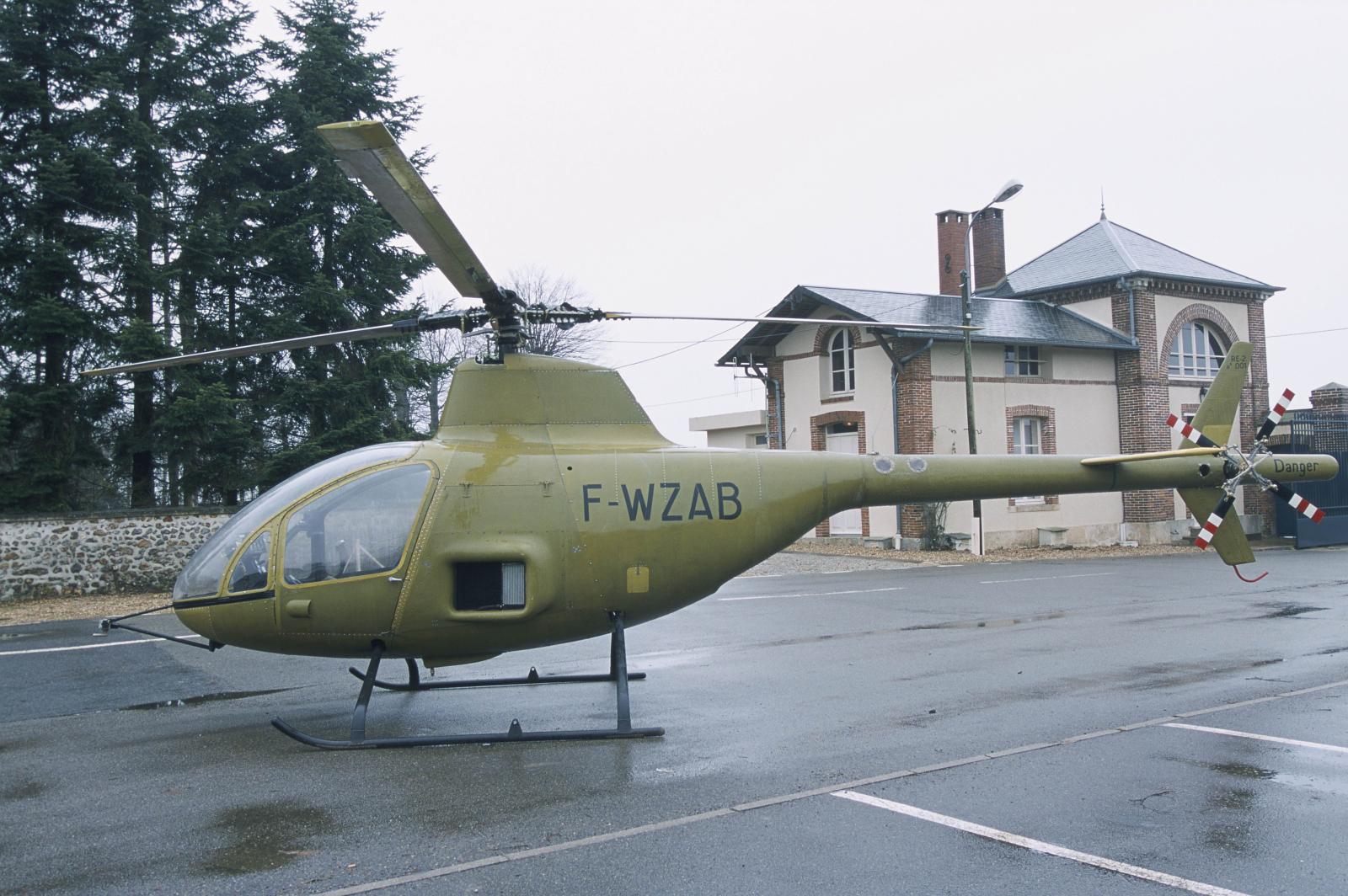
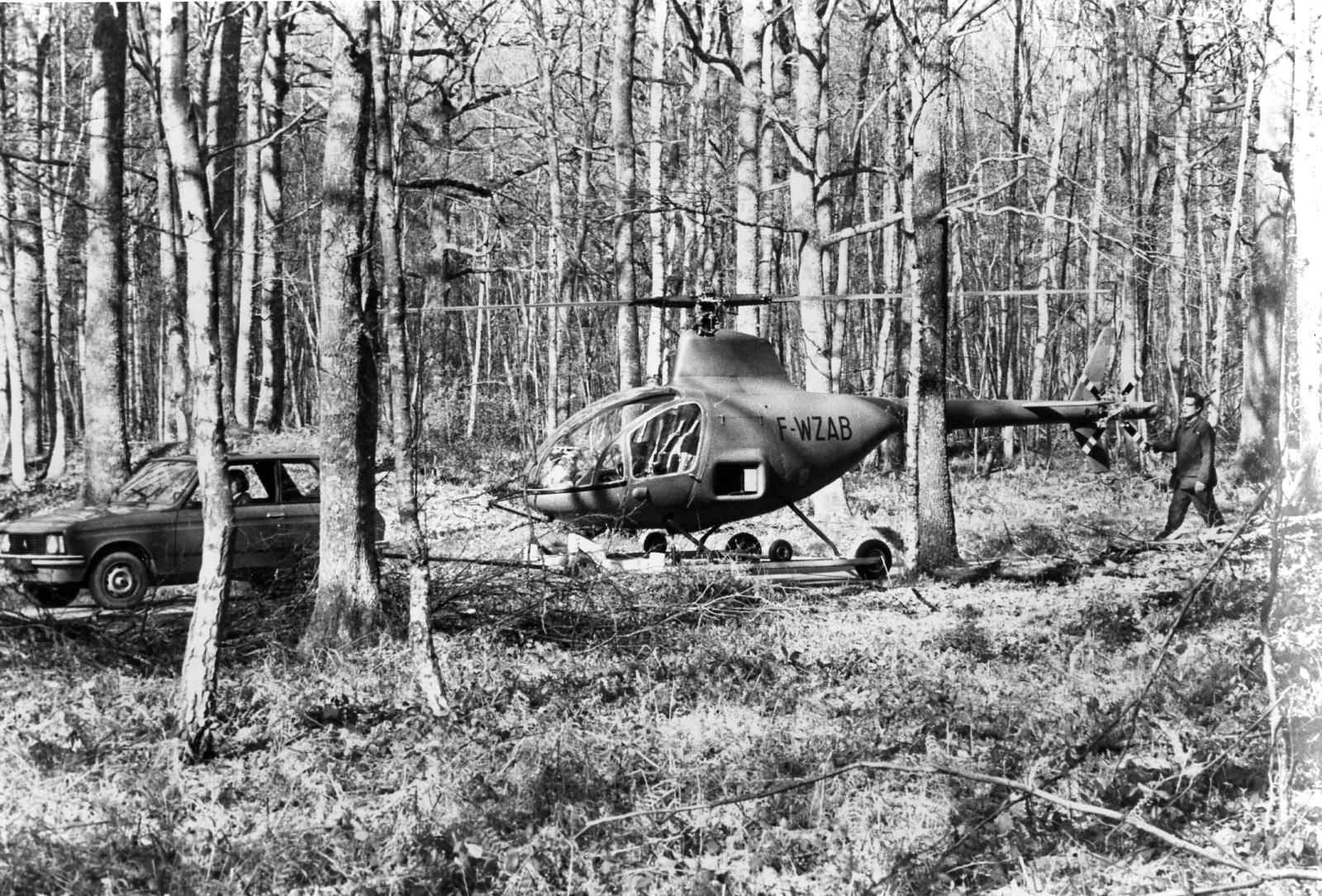
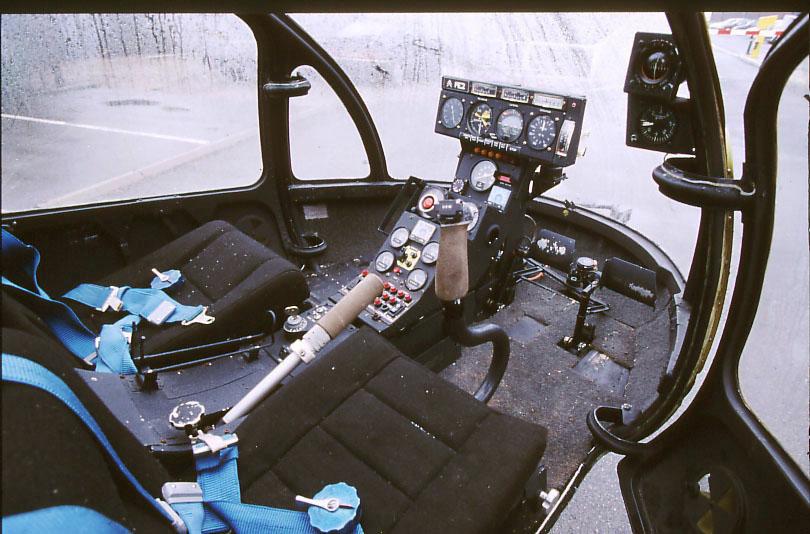
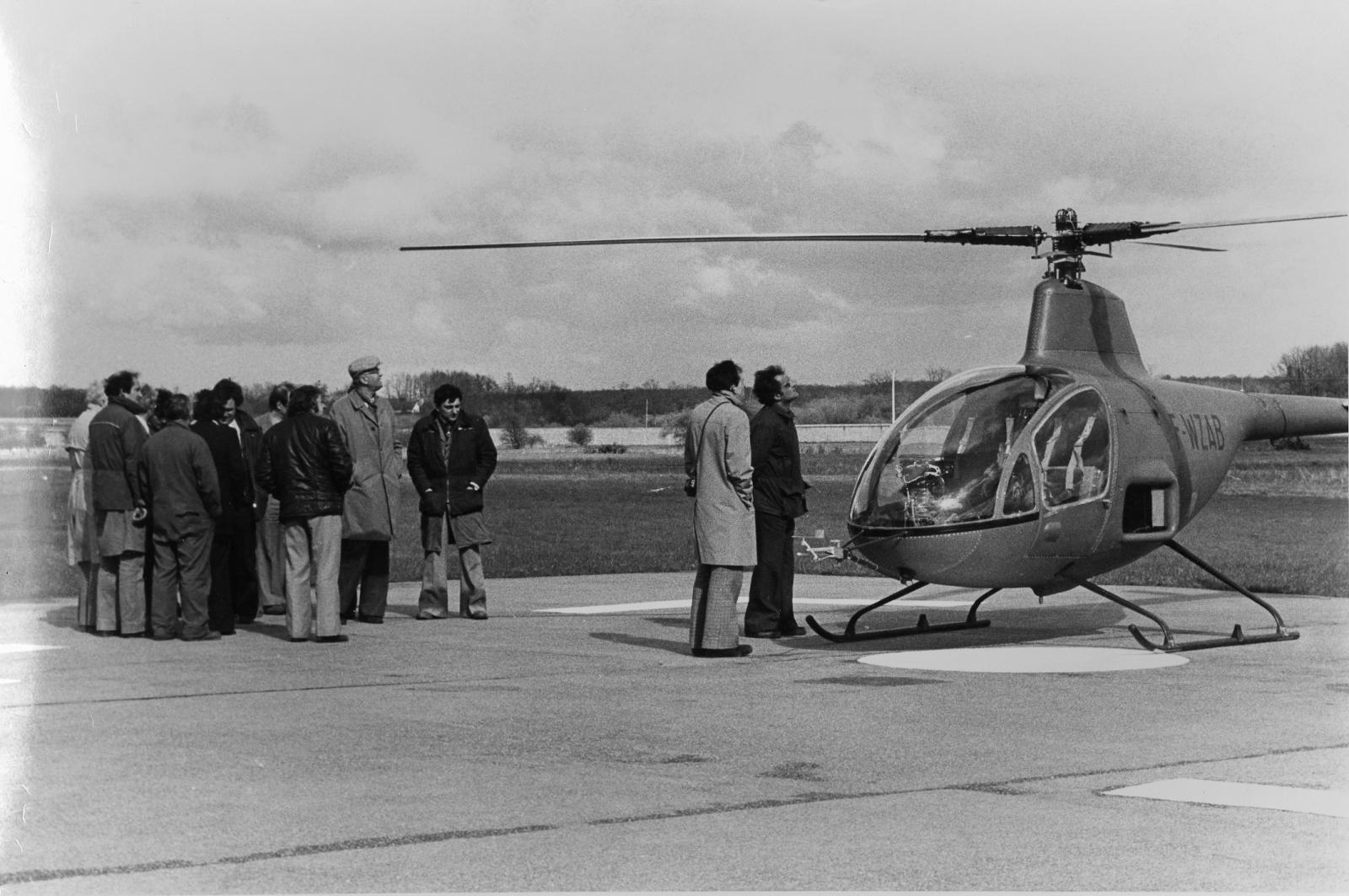
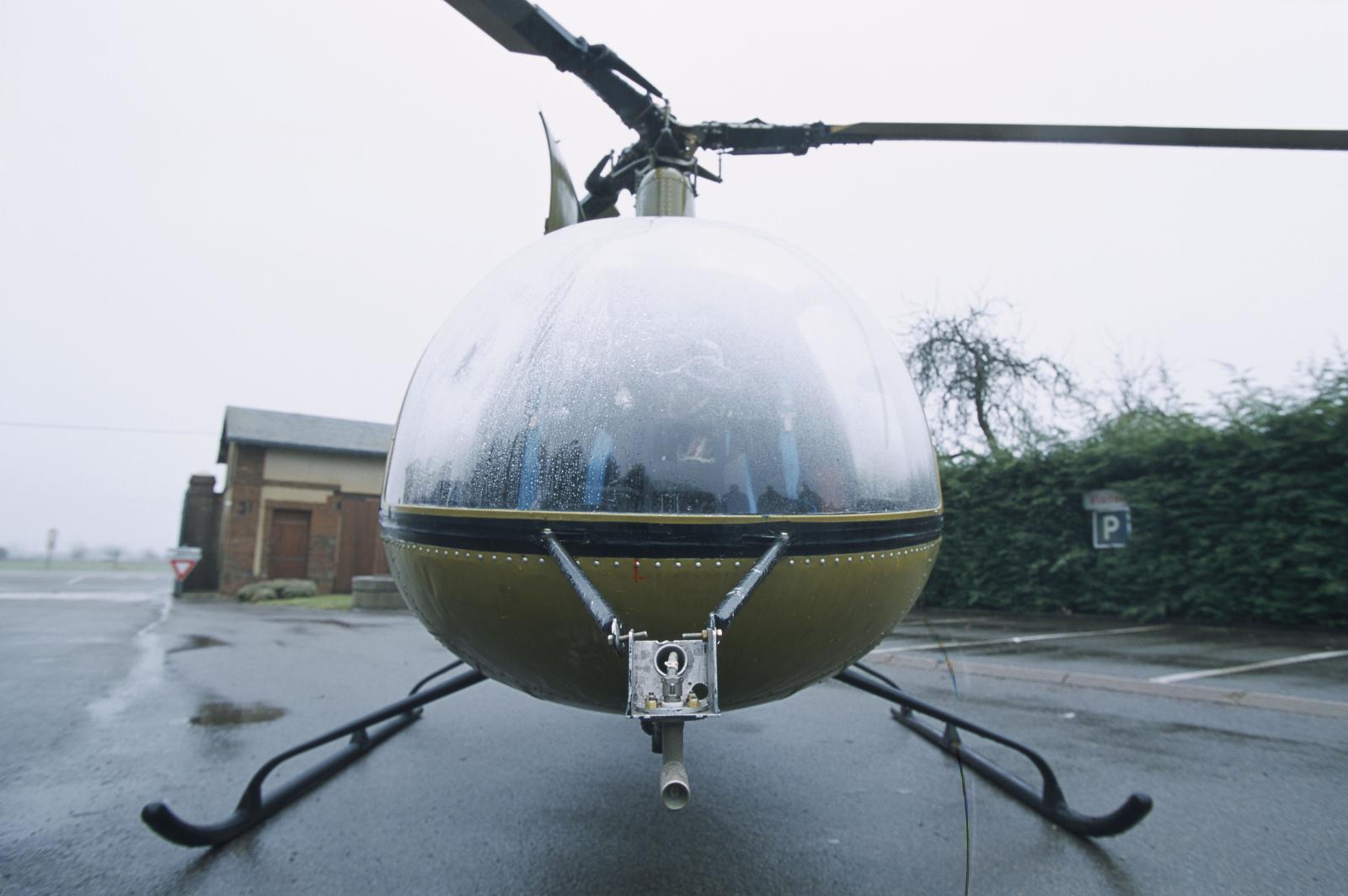
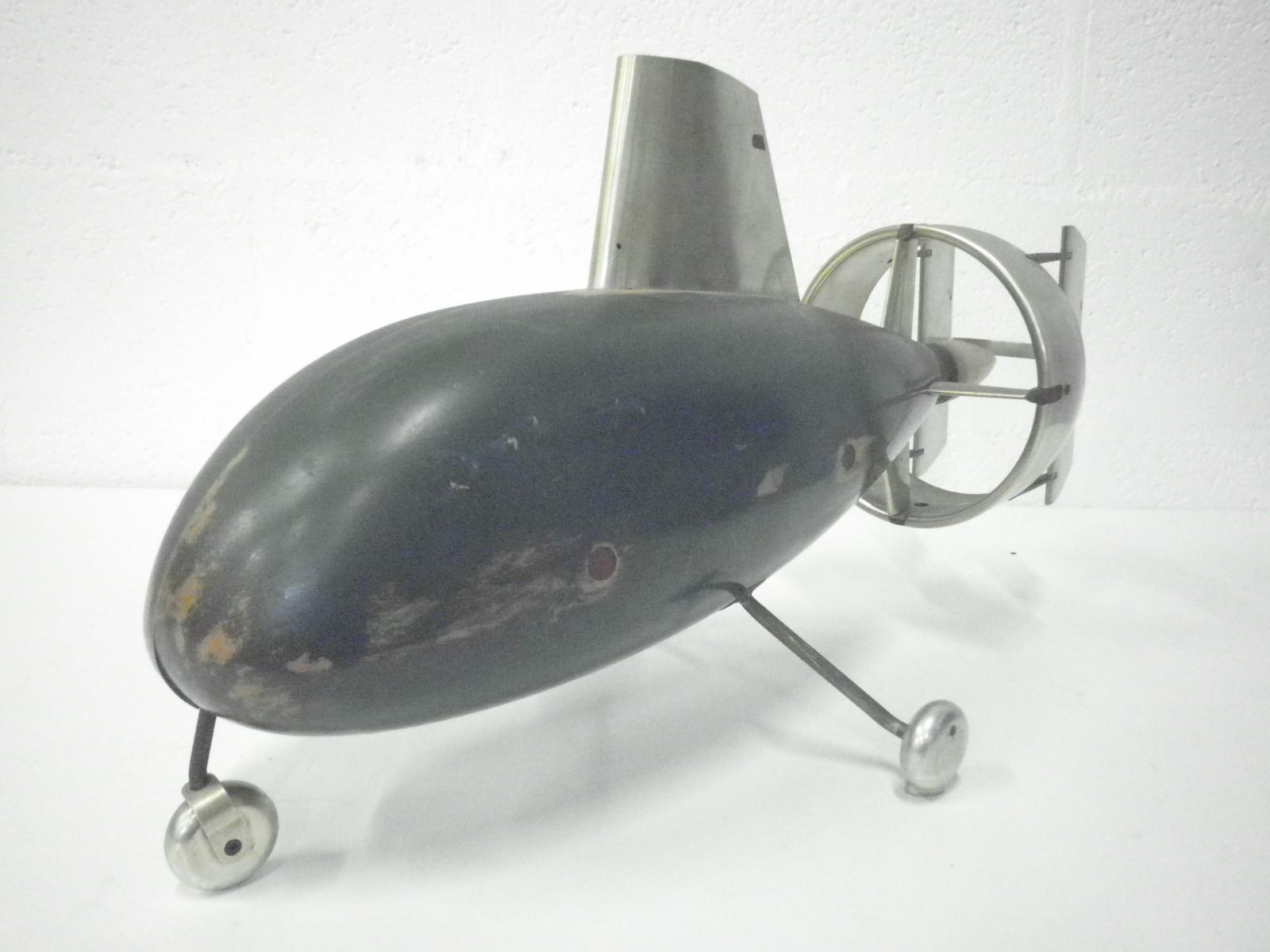




Comments